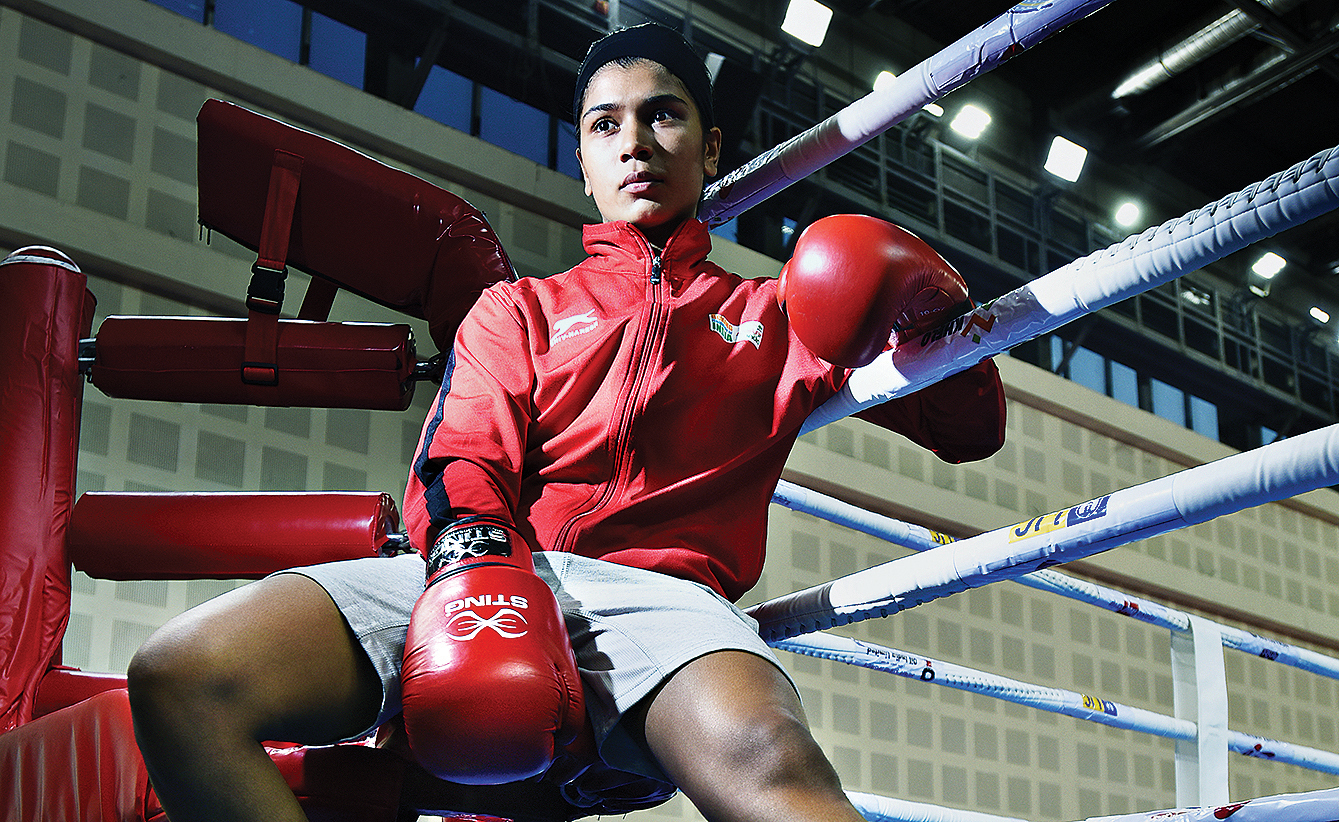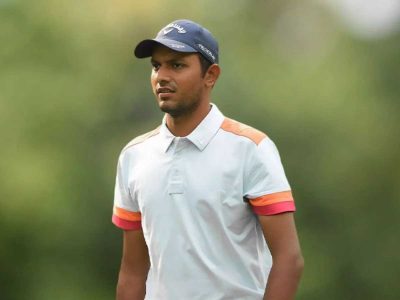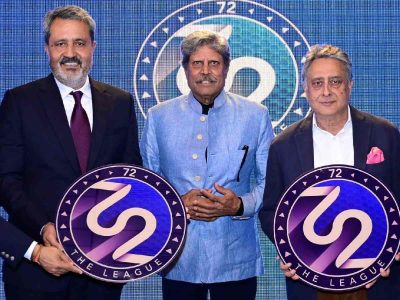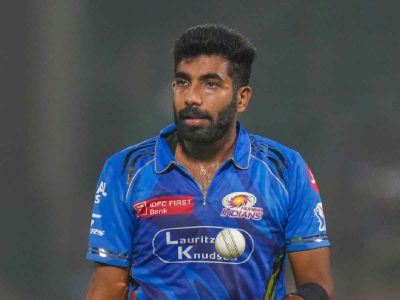Patriot takes a look at some Indian sportspersons who couldn’t make it big despite bundles of talent and performances in the lower levels of their respective sports
INDIAN BOXING kicked up a storm recently with the spat between five-time world champion MC Mary Kom being challenged by 25-year-old Nikhat Zareen. Zareen had accused the Boxing Federation of India of favouring Mary Kom to the Olympic Games, without giving others a proper fair chance by conducting qualifiers and thus the challenge to the world champion.
Though Zareen lost the bout, experts are now of the opinion that she may never get a chance to shine in the limelight once again, even though she is one of the brightest stars in Indian boxing at the moment. This is because the former World Youth Boxing Champion has taken on the wrong people, and thus might never get a call up in the big leagues once again.
Though sports enthusiasts hope that she gets to wear the Indian colours once again, there have been one too many such examples where talented people couldn’t make it big even if they are talented or have achieved a lot in the domestic or youth circuits but failed to make the cut at the international level. Here we take a look at the stories of a few such talented sportspersons.
ABHISHEK MISHRA (HOCKEY)
Son of former national hockey player Rajendra Kumar Mishra, Abhishek was influenced by his father’s stories of how he started to play the game. Rajendra, however, became the victim of politics by the Hockey Federation as he was ousted from the 1992 Olympics in Barcelona. “The tears in my father’s eyes for not being selected, made me resolve that one day I have to fulfill his unrealised dream,” he says.
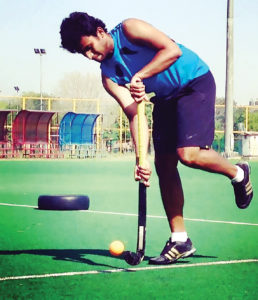
He started playing the game in 2006 when he was in his tenth standard. “After practicing a lot in Delhi, as well as in Lucknow, I built up fitness and hockey skills which helped me in the selection for Lucknow SAI, and there I was able to improve myself more and more, day by day,”he says.
On March 3, 2009 he was selected in SAI Lucknow where his room partner was Kothajit Singh, a former Olympian. “We were together for three years and we used to practice together each and every day and I slowly got in the team of SAI and we started winning tournaments where I scored too.” Slowly his name got popular within the sports field of Uttarakhand, his home state, and also at national level. Then he was selected for the Sub Juniors and he graduated to junior and finally the senior level state team in no time.
He was also made captain of the Junior Uttarakhand team, and he also got selected for the Indian junior camp. He played the prestigious round robin international tournament in Hyderabad, 2011. At the National Junior Hockey Championships in 2012, he was conferred upon the best player of the tournament. But not only this, he was also selected as the best player in multiple tournaments, both national and international at the junior level. In the meantime, he also played for ONGC from 2010 to 2015.
In 2013, his mother suddenly had heart problems which made him leave a national camp midway. She was diagnosed with an autoimmune disease which slowly was affecting her life.
“I was continuously at home taking care of her and hockey slowly stopped as I wasn’t able to get much support: my father also used to be away on tours and my brother was very young at that time.” She ultimately passed away in 2015.
“After this tragic situation, my hope of playing hockey also shattered as my father by that time was distracted too from the responsibilities of family and he too was about to retire. We needed someone to earn for our family.” After this, he did a course on aviation and hospitality and got a job at a reputed airline.
Family responsibilities and a huge personal loss took away what was a promising career of a hockey player. Abhishek however, could not be away from hockey for too long as he now is a professional coach grooming young players to take up the sport.
NIRJALA SINGH (VOLLEYBALL)
From her school days, Nirjala was always interested in sports, and she tried her hand at multiple sports in her school. It was her coach who suggested that she should try her hand at volleyball because of her good height. She also decided to pursue the game, as her brother too was a professional volleyball player.
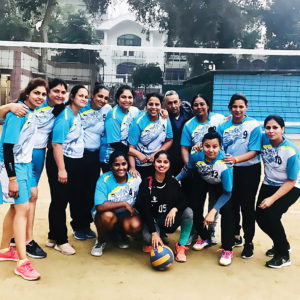
At the school circuit, Nirjala was one of the fastest growing players of Delhi, and she quickly caught the eye of those who mattered, as she entered the district level and finally shone for her state in the national junior championships. She even was considered, back in 2004, the most promising volleyballer in the country, with her strong showings in the different national tournaments.
She slowly rose to prominence and was selected for the junior national team for the Asian Junior Championships in Sri Lanka. However, she could only don the Indian jersey once only in that tournament in 2005.
She was again selected for the Indian camp, but this time around she faced a problem because the dates of the camp clashed with her first-year undergraduate examinations. She had asked for a special permission from the Delhi Volleyball Association to join the camp once her examinations were over, and the authorities assured her that they had sent a letter to the camp, and she can go to Hyderabad, where the camp was being held, as soon as her examinations got over.
This was not the case however. When she reached Hyderabad to the camp, she was informed by the people there that they had not received such a letter from the Delhi body, and her name was written off because of her conspicuous absence. However, she called the association, and the then director of the Indian volleyball association, who she says “was a big supporter of women talent” gave her permission seeing her domestic resume.
But the coaches of the national camp questioned her credibility, and called her names —often referring to the fact that she must have done some “special favours” to get a chance in the national camp. Tired of these taunts, she confronted the coaches and quit the camp. “It was too much for me to handle at that point of time,” she says.
After this incident, she was always overlooked for her ‘rebel’ image and never got the chance to wear the national colours again, even though she remained captain and the best player of the Delhi team till 2015, when she retired.
She also suffered an ACL injury in her knee, which cut short her career by three-four years. This, also, she says proved to be a major dampener in her career.
She now is miles away from the sport, married and settled with a son, as she is now a full-fledged homemaker.
AMOL MUZUMDAR (CRICKET)
The 1988 Harris shield Tournament was most probably the turning point of Sachin Tendulkar’s career where he along with Vinod Kambli stitched a world record partnership of 664 runs. The former went on to win the highest laurels in the game of cricket, while Kambli had
his moment of fame before fading away.
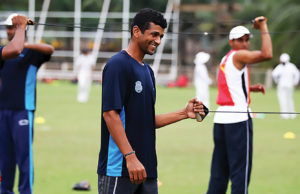
However, waiting in the dressing room, all padded up and raring to go after the first wicket fell, was a 13-year-old kid named Amol Muzumdar. Unfortunately, he never got a chance to showcase his talent in that particular match as Kambli and Tendulkar remained unbeatable and the innings was declared. This long arduous wait perhaps symbolises his career, where he kept waiting for a call up to the Indian team, but the opportunity eluded him every single time.
Probably his only mistake was that he was born in the wrong time – the golden era of Indian cricket, where the likes of Sachin, Dravid, Ganguly and Laxman were all hogging the limelight. Had he been born in a different era, he would have walked into the national team with ease.
“I feel lucky to have played in that era. It was tough to break into that team. I did not think I lacked in anything. Just that mine coincided with theirs and each of them played a minimum of 125 Tests,” Muzumdar said. “But I always thought there would be an opening for me somewhere. I hoped that one year I’d make an entry (into the Indian team) but that never happened.”
A proper right-handed middle order batsman, he had a sound technique and was probably the best contemporary representation of the so-called “Bombay School of Batsmanship” – a tradition which emphasizes defensive technique, immense concentration, a willingness to bat for long periods, and a hatred for giving away one’s wicket.
A product of Shardashram School and Coach Ramakant Achrekar, Muzumdar came up through the Bombay ranks – he starred for Bombay U-16, and then led Bombay to a national U-19 title. On making the Bombay side he burst into national view immediately, scoring 260 on first-class debut against Haryana in the knockouts – an international first-class record for a debutant till date.
The scintillating debut, followed by a string of consistent knocks, the young Muzumdar being hailed as the ‘next Sachin Tendulkar’, was soon drafted as the vice-captain of India Under-19 squad.
He went on to average over a hundred in his debut season, including his top-scores for Mumbai in the Ranji final.
In the 2006-07, he was appointed as captain and led the team to victory in the Ranji Trophy. In January 2007, he became the highest-ever run scorer in the Ranji Trophy for Mumbai beating the record set by Ashok Mankad.
In 2008-09 season, after a poor run of form, Amol joined Assam (who were in the plate division), following the footsteps of fellow teammate Sairaj Bahutule. “I always thought I could offer something more to the states, Assam and Andhra that were in the Plate group. The first season I went to Assam, they qualified for Super League,” Muzumdar proudly said.
The happiness though, was short lived as Assam was relegated in the very next season. He then signed up for Andhra Pradesh, and even after so many years his cricketing acumen appeared intact, as he scored close to a 1000 runs for Andhra in the 2012-13 Ranji season, at an average of nearly 80, emerging as one of the top run-scorers in the tournament.
He finished his career with a whopping 11,174 runs the second highest ever in Ranji Trophy history, without a single India cap to his name.
His retirement from the game has certainly left a big void in the Indian domestic circuit. Tendulkar’s message said it all about Muzumdar’s career. “The longevity of your career shows the determination and commitment to the game,” Tendulkar tweeted after his retirement.

